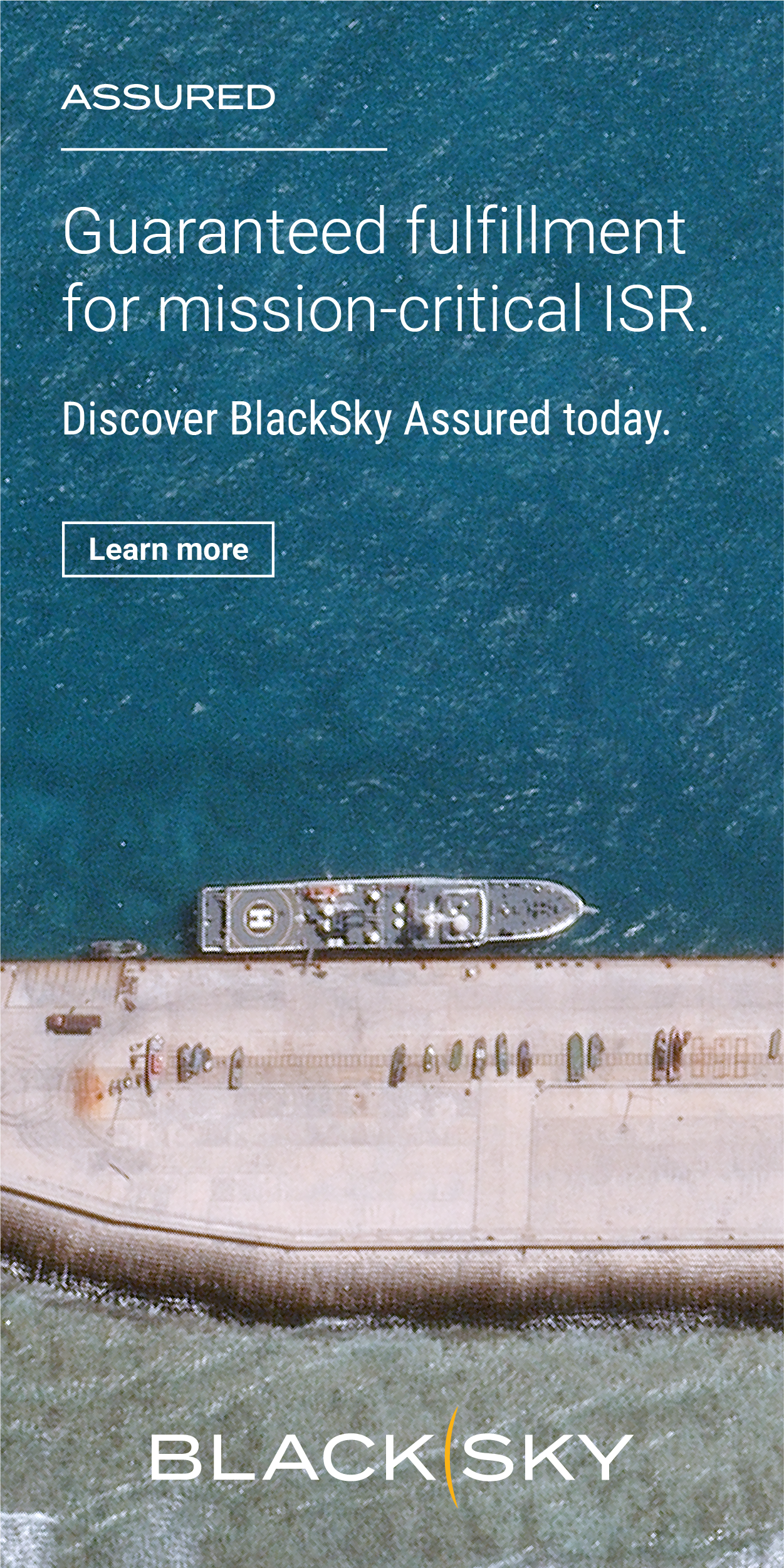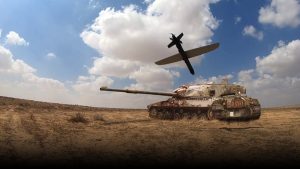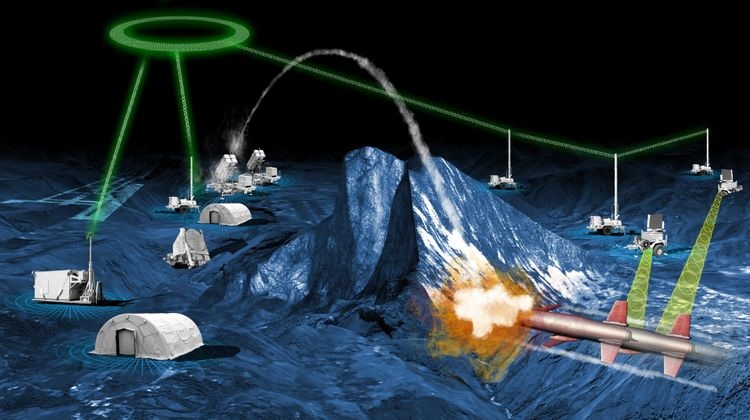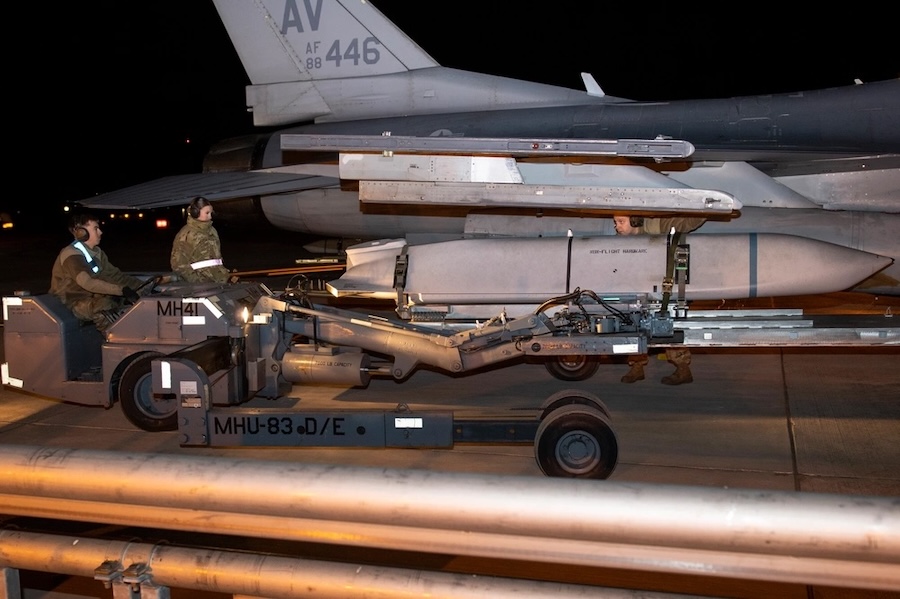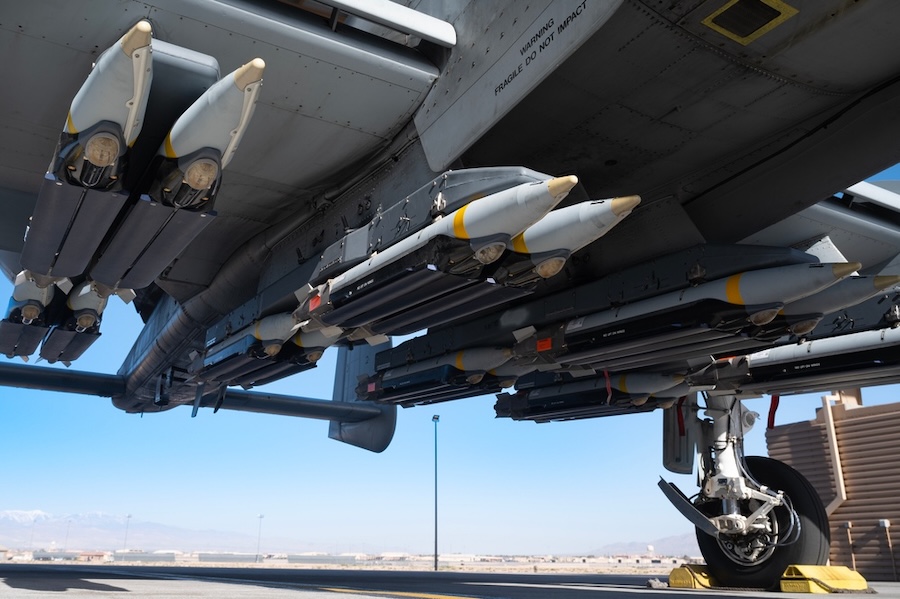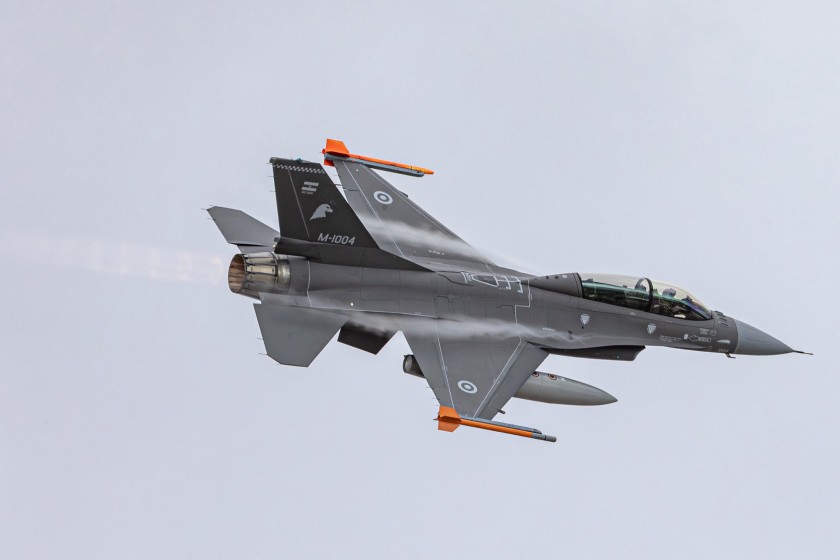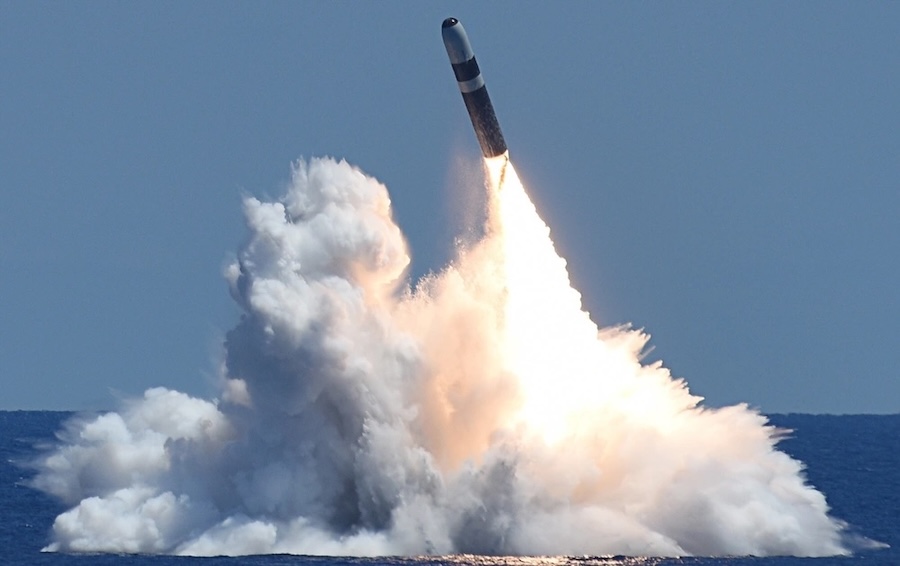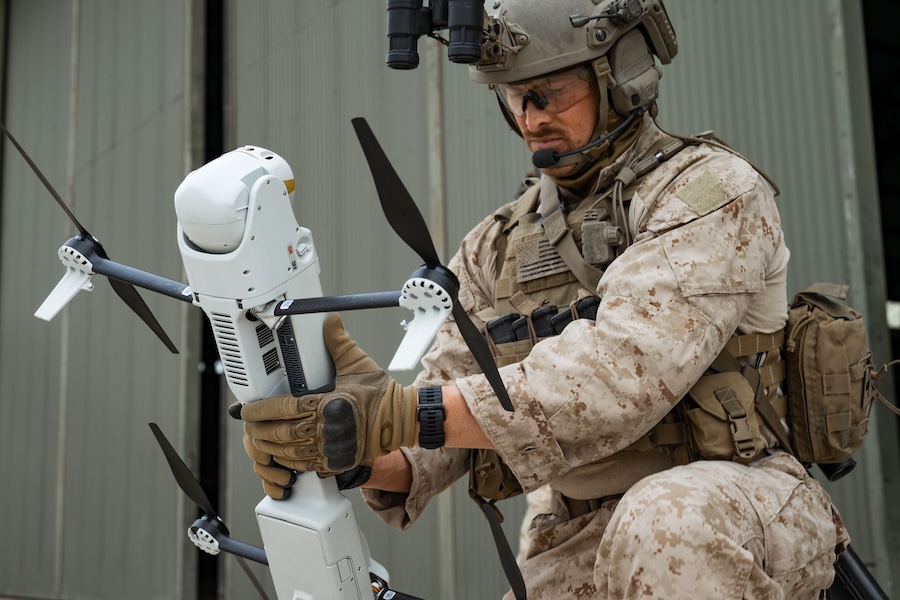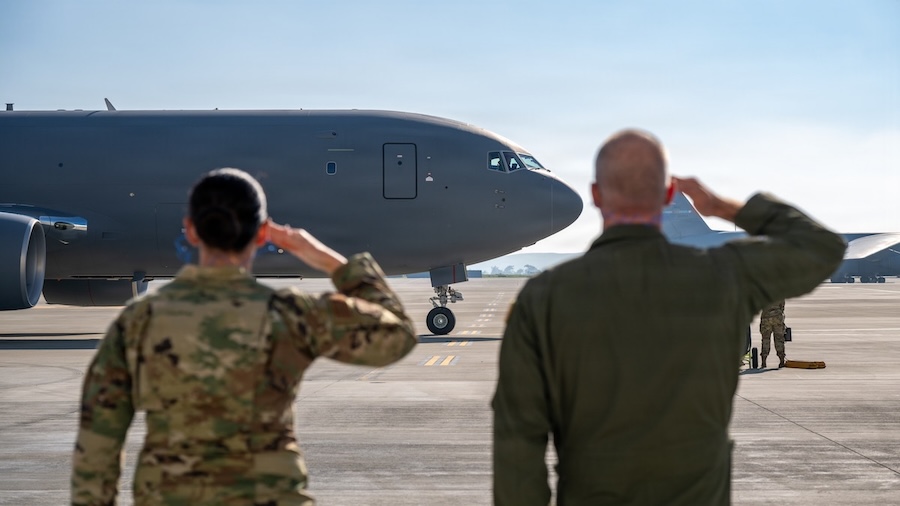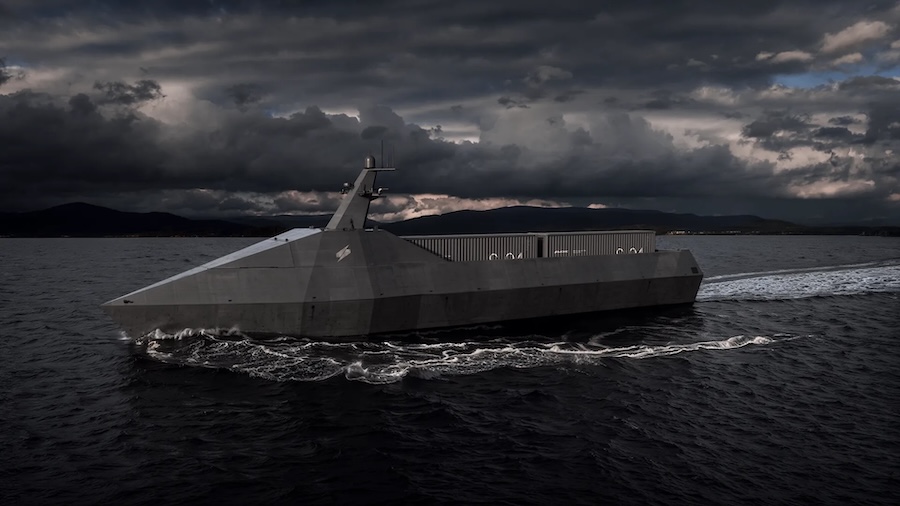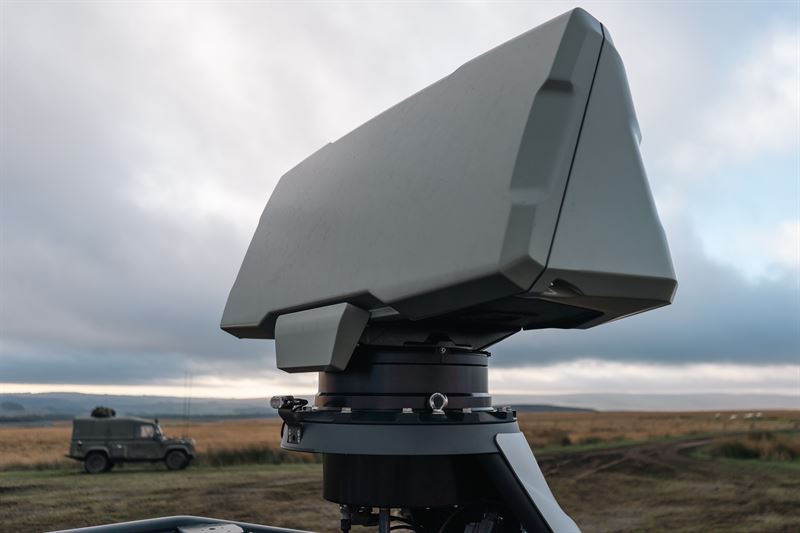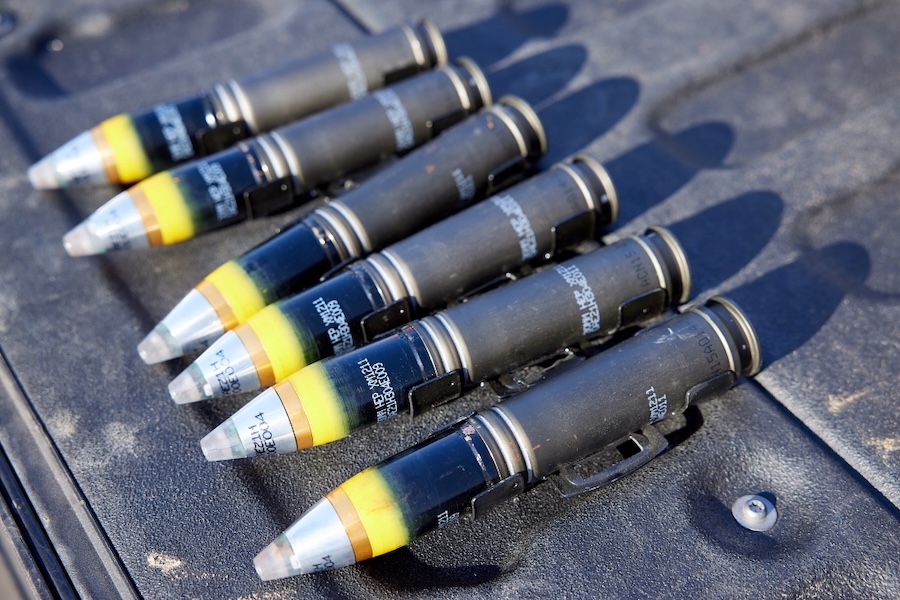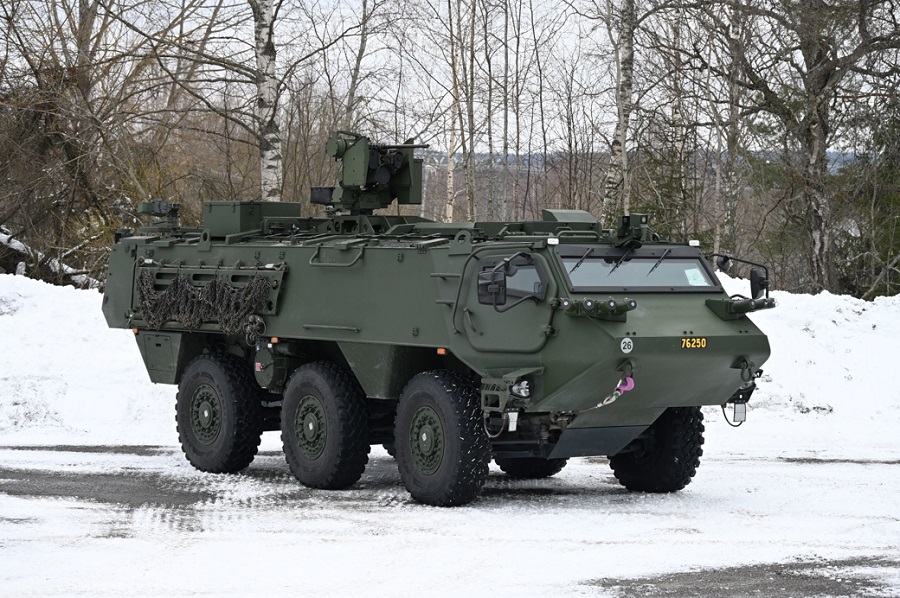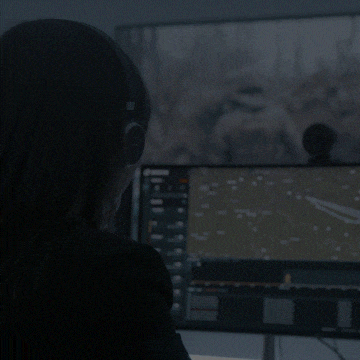The Hellhound S3 is a turbojet-powered, 3D-printed loitering munition designed to give U.S. Infantry Brigade Combat Teams (IBCTs) long-range, precision-strike capabilities previously reserved for Armored Brigades. With a top speed of 384 mph (over 610 km/h), the drone is intended to rapidly engage time-sensitive targets such as tanks, fortified positions, and armoured vehicles.
“Hellhound’s performance at AEWE 2025 highlighted a fundamental reality — speed matters, and quadcopters and prop-driven drones take too long to get downrange,” said Sheila Cummings, CEO of Cummings Aerospace. “While quadcopters and propeller-driven drones will still be puttering along behind friendly lines, Hellhound will already be over the target area, giving IBCTs the ability to strike faster, reach deeper into the battlespace, and decisively engage fleeting, time-sensitive targets.”
The test included a GPS-guided tactical mission using an inert warhead, and successfully met all primary objectives. The trial revalidated the system at Technology Readiness Level 7 (TRL-7), confirming reliable performance in a field environment.
Weighing under 11.3 kg, the full Hellhound S3 system — including the drone, launch canister, and control unit — is man-portable and can be deployed by a single soldier. Its modular design allows payloads such as warheads, electronic warfare tools, or surveillance sensors to be swapped in under five minutes without tools.
The drone is built using U.S. Department of Defense-approved commercial components and 3D-printing technology, making it more cost-effective and logistically streamlined than traditional systems. While no price was disclosed, comparable loitering munitions often cost significantly less than conventional strike platforms, with estimated unit prices in the low six-figure euro range.
Cummings Aerospace plans further flight testing in the coming months to advance the system through the final stages of TRL-7. The company also intends to submit a formal proposal for the U.S. Army’s Low Altitude Stalking and Strike Ordnance (LASSO) programme.
The Hellhound S3 is expected to be scalable for future requirements, including support for allied forces and other branches of the U.S. military. As a modular, high-speed loitering munition, it represents a new generation of infantry-deployable, precision-strike drones designed for rapidly evolving conflict environments.






